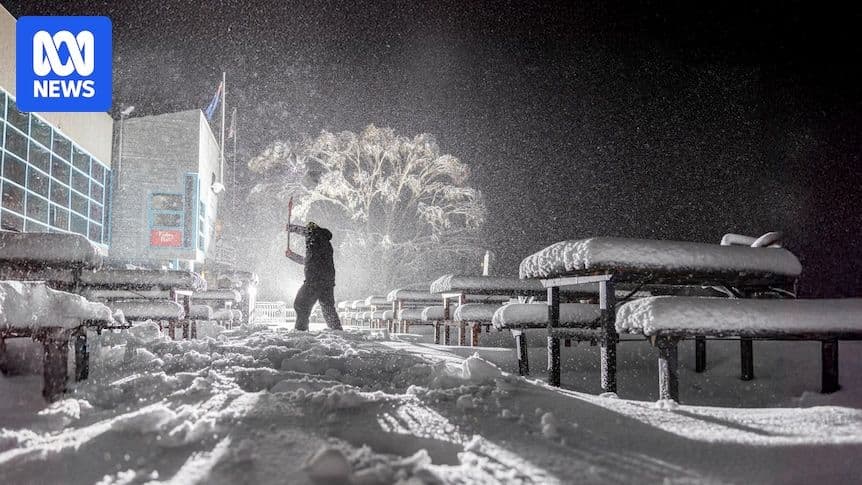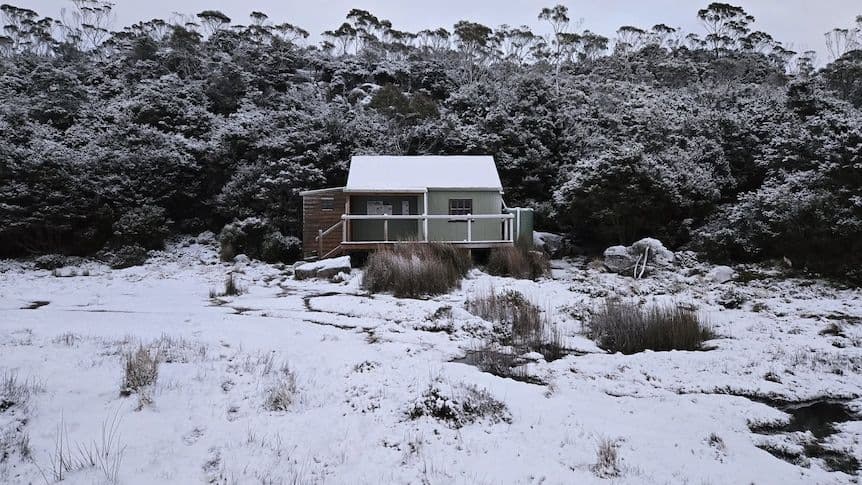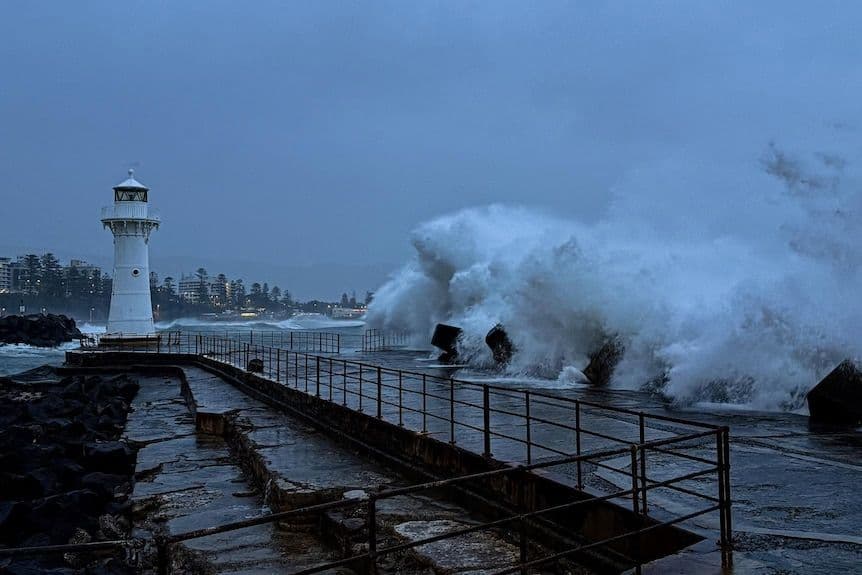
Australia's Cold June: Winter Forecast Revisited
Published Date:
Cold June Challenges Australia's Winter Forecast
June 2025 brought unexpectedly cold temperatures to much of Australia, particularly in the eastern states. This chilly start to winter caught many by surprise, given earlier predictions of warmer-than-average conditions. The cold snap prompted questions about the accuracy of seasonal forecasts and what Australians can expect for the remainder of winter.
Temperature data from the Bureau of Meteorology showed that most of the country experienced below-average minimum temperatures in June. New South Wales recorded its coldest June in nearly 20 years, while Queensland saw its coldest June minimums in over a decade. Several locations reported record-breaking cold, including Goulburn in NSW, which recorded -10°C on June 21, colder than parts of Antarctica on the same day.

The cold mornings were largely attributed to a series of cold fronts passing through southern and south-eastern Australia, followed by high-pressure systems that created clear skies and light winds. These conditions allowed heat to escape overnight, resulting in frigid temperatures by dawn.
Despite the cold start, climatologists note that June's temperatures were not exceptionally low by historical standards. Australia's average temperature has warmed by more than 1.5°C since 1910, with most of this change occurring since the 1950s. This long-term warming trend means that all seasons are getting warmer on average, and truly cold winters are becoming less common.
The Bureau of Meteorology's initial winter outlook had strongly favoured warm days and nights for June across almost the entire country. While this forecast proved accurate for maximum temperatures, which were largely warmer than average, it did not anticipate the cold overnight temperatures that occurred.

Looking ahead, the forecast for the remainder of winter has been adjusted. July and August are still expected to be warmer than normal for most of the country, but the signal is not as strong as initially predicted. Some areas, such as parts of South Australia, may experience cooler-than-average minimum temperatures in July.
Rainfall predictions vary, with July forecast to be average to below average for most regions, except for coastal NSW which may be wetter than normal. August shows a trend towards above-average rainfall for much of the Northern Territory, Queensland, NSW, and parts of South Australia.
For skiers and riders, the cold June brought welcome snow to Australia's alpine regions. Thredbo Resort received significant snowfall in late June, creating excellent early-season conditions. While the long-term warming trend poses challenges for snow reliability, cold snaps like the one experienced in June can still provide good skiing opportunities. However, visitors to ski resorts should keep an eye on forecasts, as conditions can change rapidly with Australia's variable climate.




